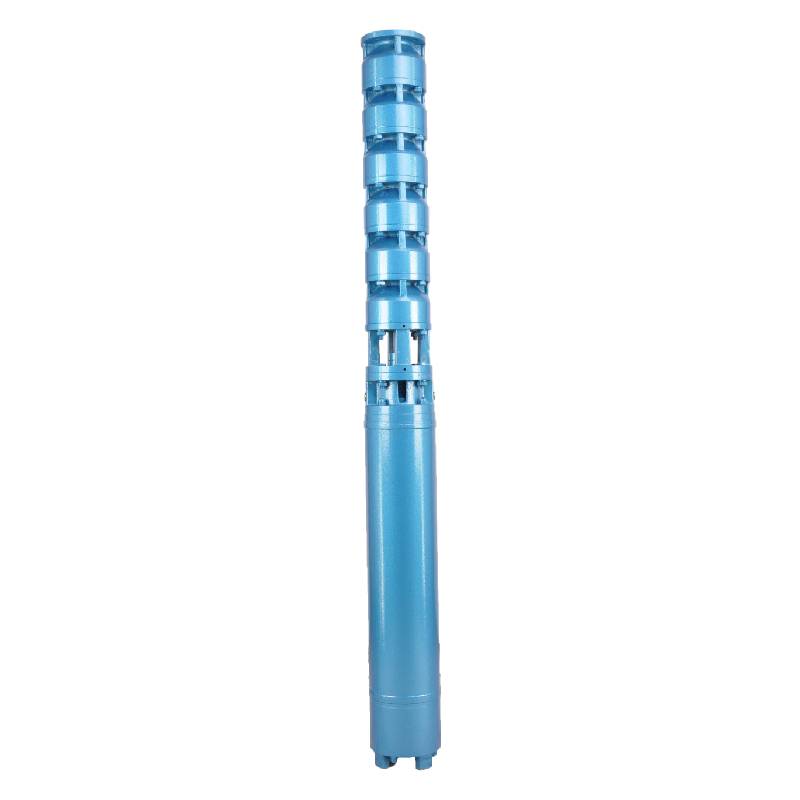Nov . 09, 2024 15:05 Back to list
Comparing Oil-Filled and Water-Filled Submersible Pumps for Optimal Performance
Which is Better Oil-Filled or Water-Filled Submersible Pumps?
When it comes to selecting a submersible pump for various applications, one of the key considerations is whether to choose an oil-filled or water-filled model. Each type of pump has its advantages and disadvantages, influenced by factors such as efficiency, cooling properties, and suitability for specific tasks. Understanding these differences can help you make an informed decision based on your needs.
Understanding Submersible Pumps
A submersible pump is designed to be submerged in liquid, which allows it to push fluids to the surface. These pumps are commonly used in applications like draining water from flooded areas, emptying sewage pits, and irrigation. The two primary types of submersible pumps are oil-filled and water-filled, distinguished by their cooling and lubrication systems.
Oil-Filled Submersible Pumps
Oil-filled submersible pumps are equipped with an oil-filled motor. The oil serves not only as a lubricant but also as a coolant. This type of pump typically has a sealed motor and is often more efficient in transferring power to the pump's impellers. The benefits of oil-filled submersible pumps include
1. Better Cooling Efficiency Oil has a higher thermal conductivity compared to water, which means it can dissipate heat more effectively. This property enables oil-filled pumps to operate at higher temperatures without overheating, making them ideal for demanding applications.
2. Enhanced Durability The sealed design of oil-filled pumps offers protection against contaminants, which can significantly extend the pump's lifespan. This makes them suitable for environments where grit and debris may be present, such as construction sites or farms.
3. Higher Power Output Oil-filled pumps can achieve higher power outputs, allowing them to handle larger volumes of water or more viscous fluids. This makes them suitable for industrial applications that require robust performance.
However, oil-filled pumps have some drawbacks. They are generally more expensive than their water-filled counterparts, and an oil leak can pose environmental concerns. Additionally, maintenance can be more complex due to the need for regular oil checks and potential replacement.
which is better oil filled or water filled submersible pump

Water-Filled Submersible Pumps
Water-filled submersible pumps, on the other hand, use water as both a coolant and a lubricant. These pumps are typically less expensive and simpler in design, making them popular choices for residential use and less demanding applications. The advantages of water-filled pumps include
1. Cost-Effectiveness Water-filled pumps are usually more affordable and easier to maintain. They have fewer components that require inspection and replacement, which can save users money in the long run.
2. Simplicity and Reliability The straightforward design of water-filled pumps results in greater reliability for non-demanding applications. They are an excellent choice for tasks such as draining basements or emptying swimming pools.
3. Environmentally Friendly Since they use water as a cooling medium, there is less potential for environmental hazards associated with oil leaks. This can be particularly important for applications close to natural water sources.
However, water-filled submersible pumps have their limitations. They may not perform well in high-temperature scenarios, as water has a lower thermal capacity than oil. These pumps can potentially overheat in sustained high-demand situations, which may lead to decreased efficiency or motor failure.
Conclusion
Choosing between oil-filled and water-filled submersible pumps largely depends on your specific needs and the application for which you intend to use the pump. If you require a powerful pump for heavy-duty applications, an oil-filled model would be the better option due to its superior cooling and durability. Conversely, if your needs are more modest and budget-sensitive, a water-filled pump may serve you adequately.
In summary, understanding the features, benefits, and drawbacks of each type of submersible pump will ultimately lead you to the right choice for your situation. Whether you prioritize performance or cost-effectiveness, evaluating your requirements in detail will help ensure that you select the optimal pump for your needs.
-
Submersible Water Pump: The Efficient 'Power Pioneer' of the Underwater World
NewsJul.01,2025
-
Submersible Pond Pump: The Hidden Guardian of Water Landscape Ecology
NewsJul.01,2025
-
Stainless Well Pump: A Reliable and Durable Pumping Main Force
NewsJul.01,2025
-
Stainless Steel Submersible Pump: An Efficient and Versatile Tool for Underwater Operations
NewsJul.01,2025
-
Deep Well Submersible Pump: An Efficient 'Sucker' of Groundwater Sources
NewsJul.01,2025
-
Deep Water Well Pump: An Efficient 'Sucker' of Groundwater Sources
NewsJul.01,2025
-
 Submersible Water Pump: The Efficient 'Power Pioneer' of the Underwater WorldIn the field of hydraulic equipment, the Submersible Water Pump has become the core equipment for underwater operations and water resource transportation due to its unique design and excellent performance.Detail
Submersible Water Pump: The Efficient 'Power Pioneer' of the Underwater WorldIn the field of hydraulic equipment, the Submersible Water Pump has become the core equipment for underwater operations and water resource transportation due to its unique design and excellent performance.Detail -
 Submersible Pond Pump: The Hidden Guardian of Water Landscape EcologyIn courtyard landscapes, ecological ponds, and even small-scale water conservancy projects, there is a silent yet indispensable equipment - the Submersible Pond Pump.Detail
Submersible Pond Pump: The Hidden Guardian of Water Landscape EcologyIn courtyard landscapes, ecological ponds, and even small-scale water conservancy projects, there is a silent yet indispensable equipment - the Submersible Pond Pump.Detail -
 Stainless Well Pump: A Reliable and Durable Pumping Main ForceIn the field of water resource transportation, Stainless Well Pump has become the core equipment for various pumping scenarios with its excellent performance and reliable quality.Detail
Stainless Well Pump: A Reliable and Durable Pumping Main ForceIn the field of water resource transportation, Stainless Well Pump has become the core equipment for various pumping scenarios with its excellent performance and reliable quality.Detail
